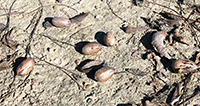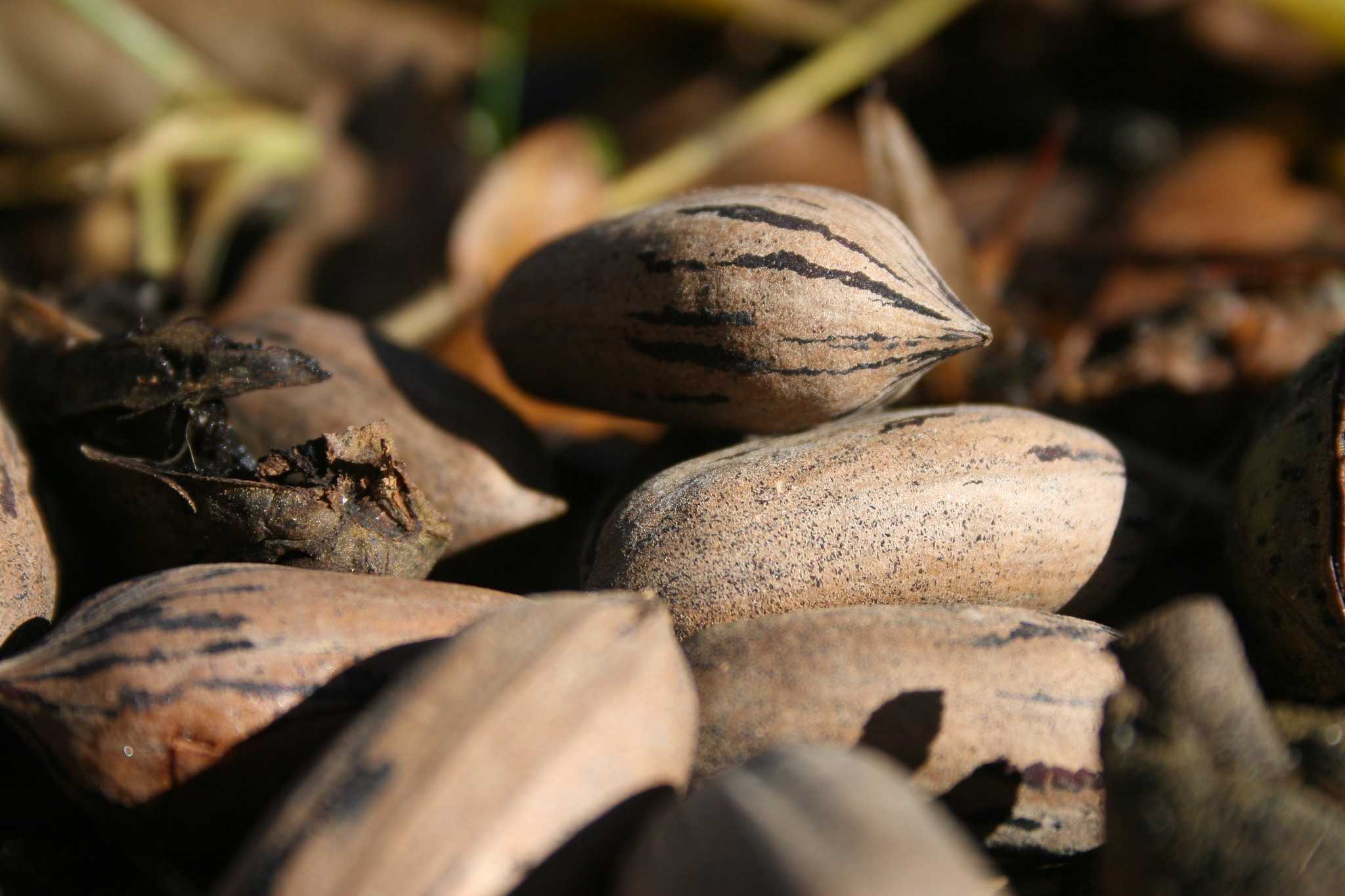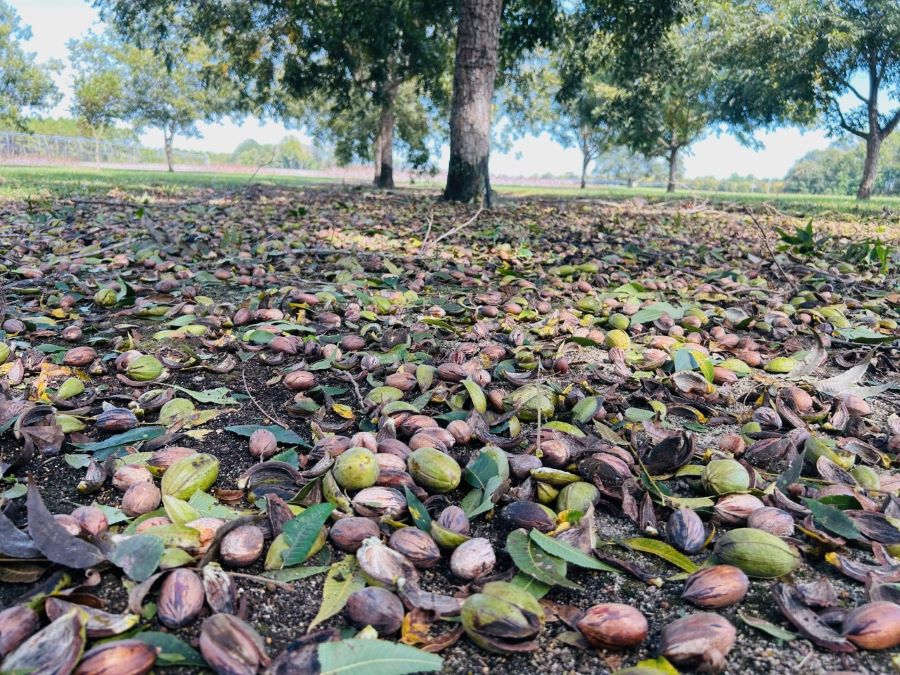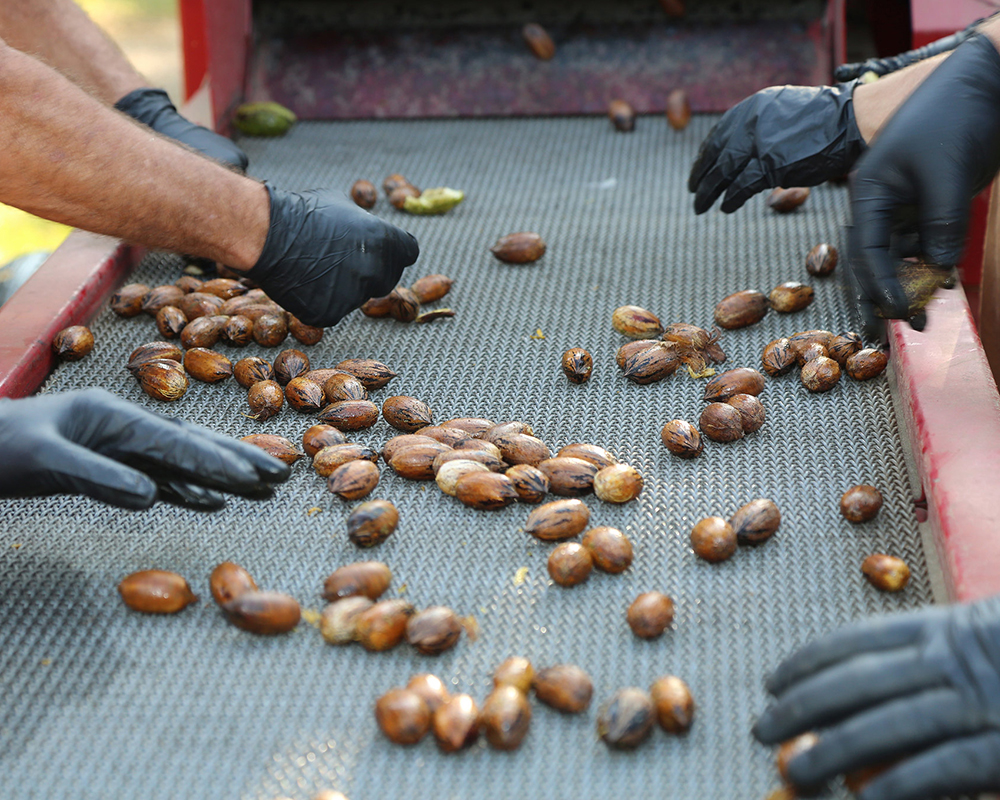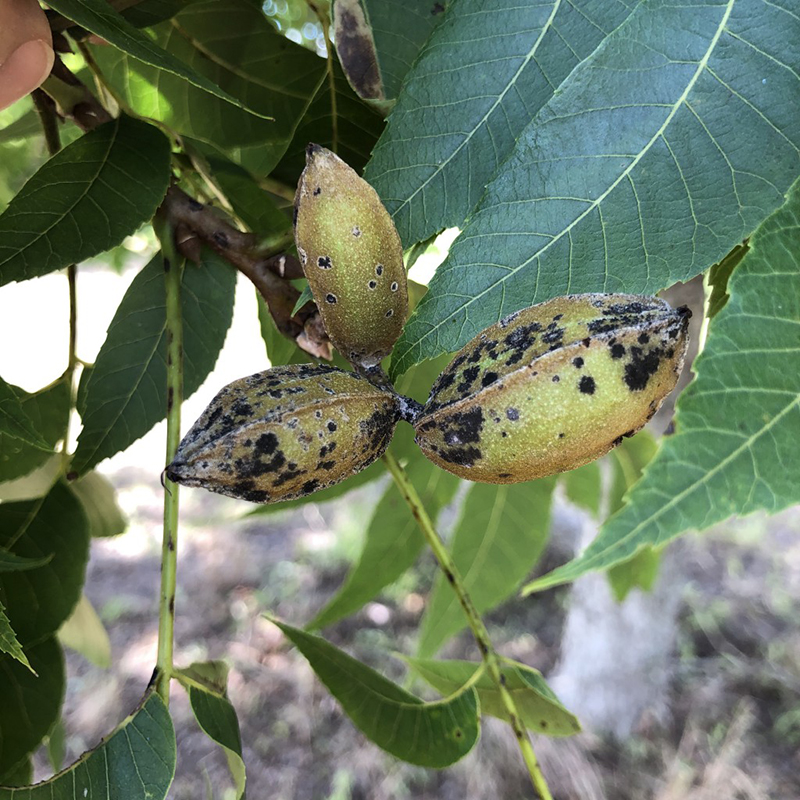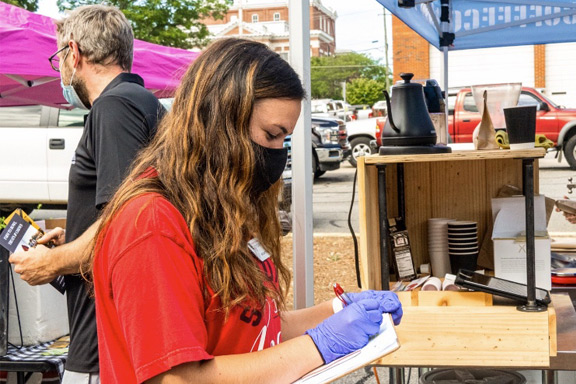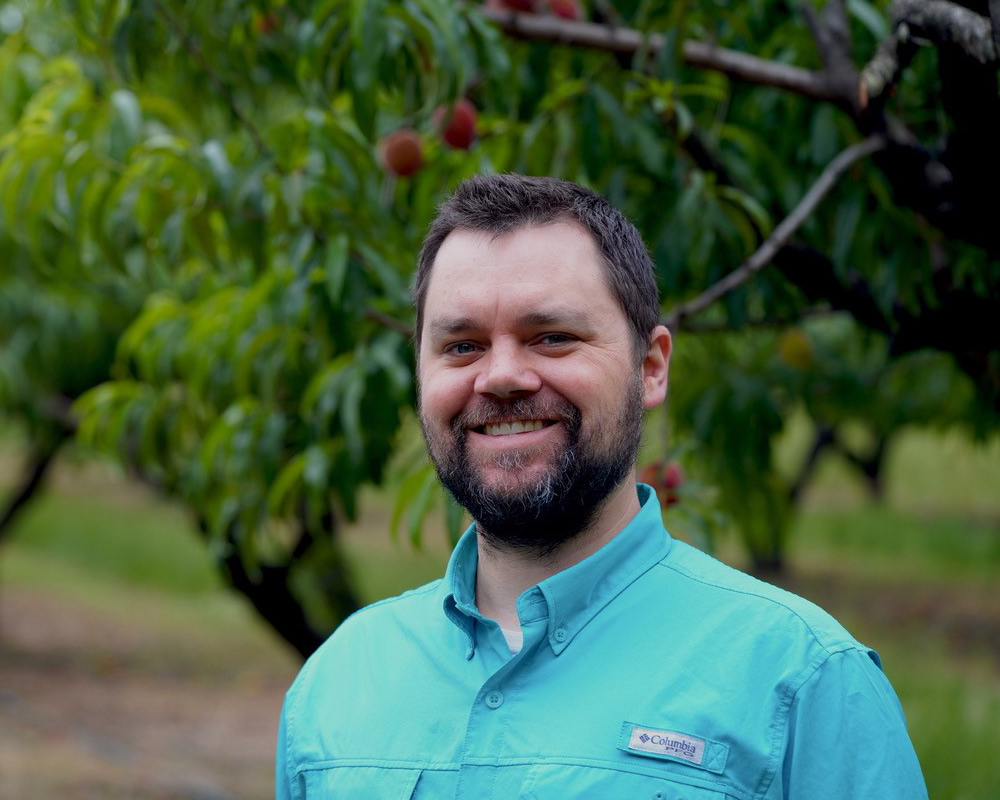Hurricane Irma, downgraded to a tropical storm when it entered the state, damaged about 30 percent of Georgia’s pecan crop, and the storm’s effects could linger into next growing season, according to University of Georgia Cooperative Extension pecan specialist Lenny Wells.
Most of Georgia’s 2017 pecan crop has been harvested, and Wells estimates the state’s yields to be between 90 million and 100 million pounds. The crop looked even better prior to Irma’s arrival in early September 2017, he said, but heavy winds and torrential rain damaged the crop.
“Any time you have quality issues, that tells you those trees were under stress late in the season. We had a good idea, this year, of what that stress was, and it was due to the storm,” Wells said. “That could linger on and affect the crop in the upcoming year. With that being said, I don’t think we’re looking at a really low-yield year.”
In most orchards, the storm blew nuts out of trees, broke tree limbs and uprooted a few trees. Soon after the storm moved out of the state, Wells said multiple growers in Georgia’s Peach and Berrien counties reported thousands of trees lost.
“Based on all the managers who I talked with in the commercial cleaning plants and growers with their own cleaning plants, the nut volume was OK, but they lost a lot of nuts that were blown out. These were pecans that didn’t finish maturing when they were damaged by the storm. There was definitely some weight loss there,” Wells said.
The ‘Desirable’ variety really thrived this year. It is one of Georgia’s most popular pecan varieties due to its large nut size. However, it is very susceptible to scab disease. Growers did a good job of managing the disease and the ‘Desirable’ crop was very heavy this year, Wells said.
“I think that’s what saved most commercial growers, a heavy ‘Desirable’ crop,” Wells said. “Normally, ‘Desirable’ is not a real heavy yielder. It does produce good, consistent yields from year to year, but rarely does it load up heavily, and it did this year.”
Pecan trees are alternate bearing — trees produce high yields one year, then a very light crop the next year. Wells is optimistic about next year’s crop because of the trees’ consistent production in recent years. The state’s total is an average of about 100 million pounds.
“And when you think about it, our ‘Stuart’ variety was off this year, so it should come back pretty strong next year,” Wells said. “If past seasons are any indication, I feel confident about our crop for next year as long as we don’t have too much of a lingering effect from the storm.”
Georgia is the top pecan-producing state in the United States, with about 160,000 acres planted in 2016. According to the UGA Center for Agribusiness and Economic Development, pecan’s farm gate value in Georgia in 2016 was $355.8 million.
Wells will provide pecan production updates at county meetings across Georgia over this winter. For a list of UGA Extension county pecan production meetings, visit blog.extension.uga.edu/pecan/2018/01/upcoming-2018-county-pecan-production-meetings/.

